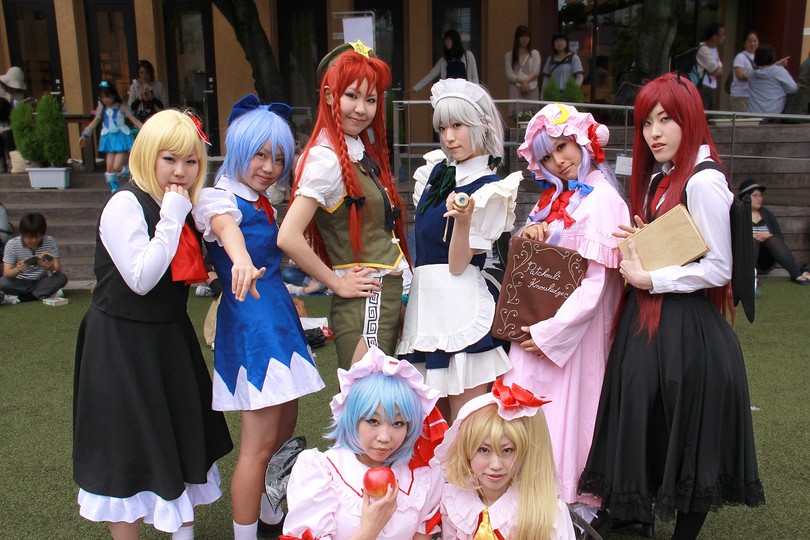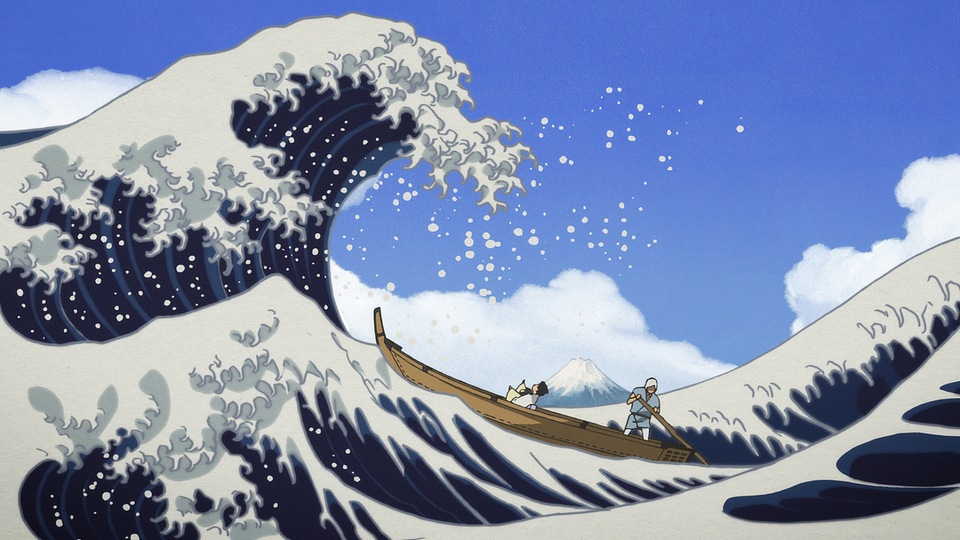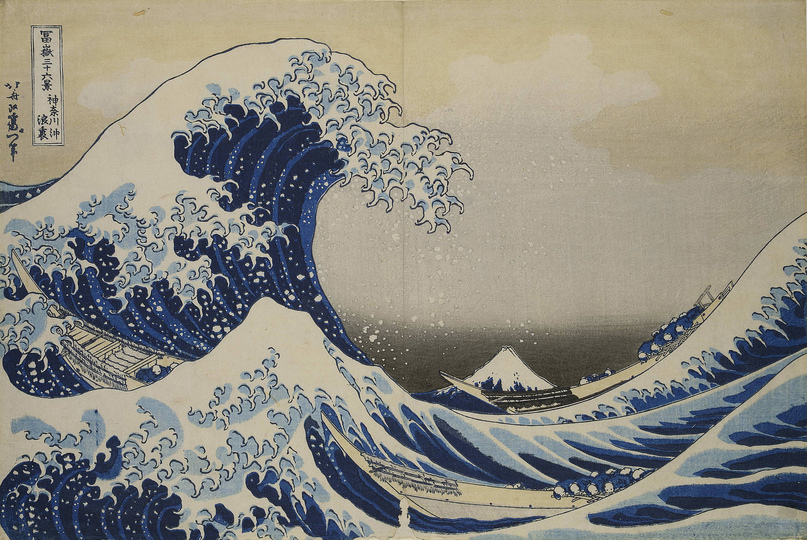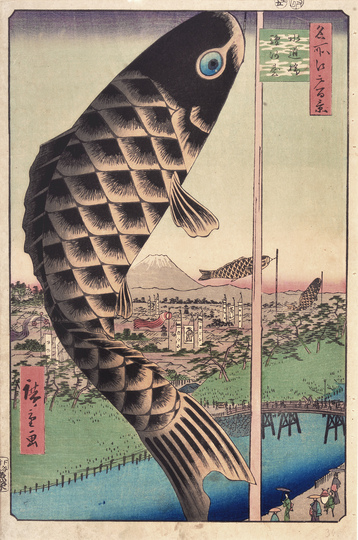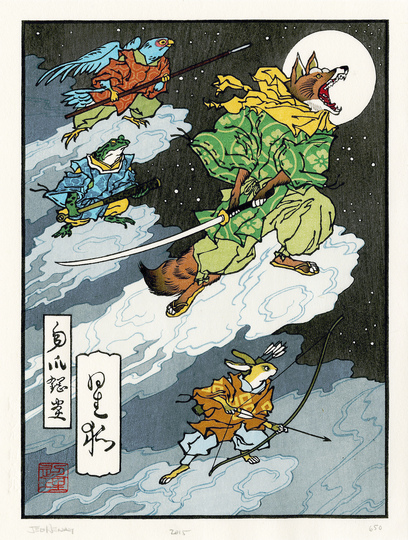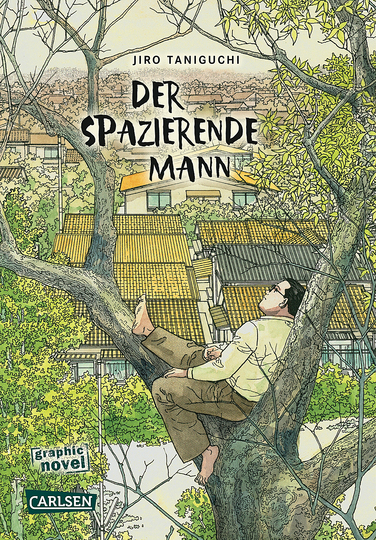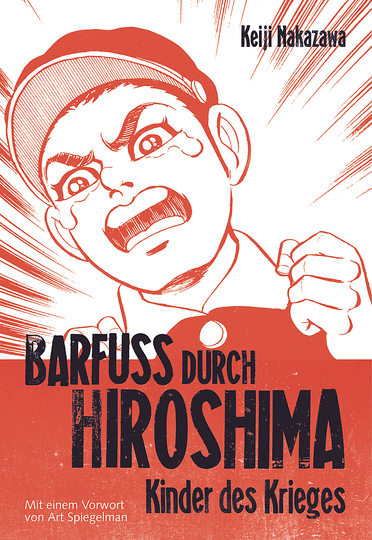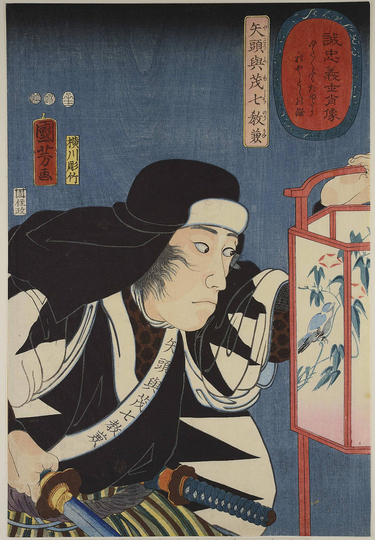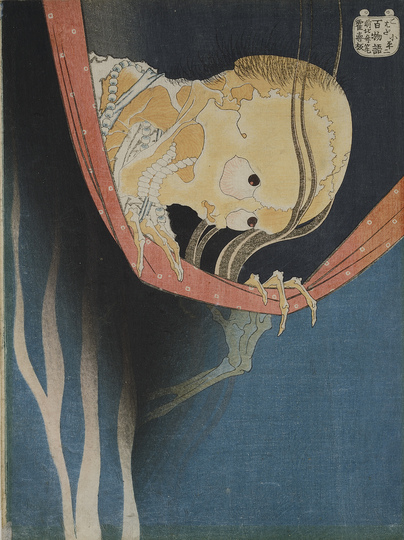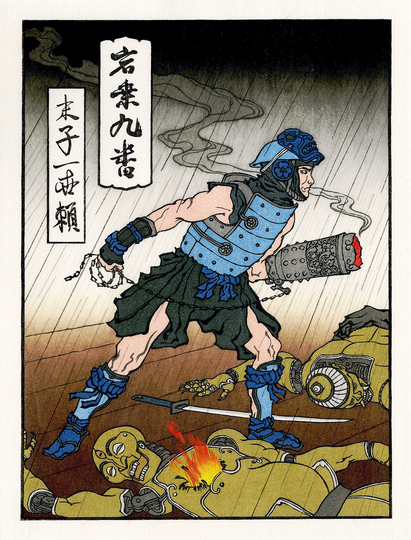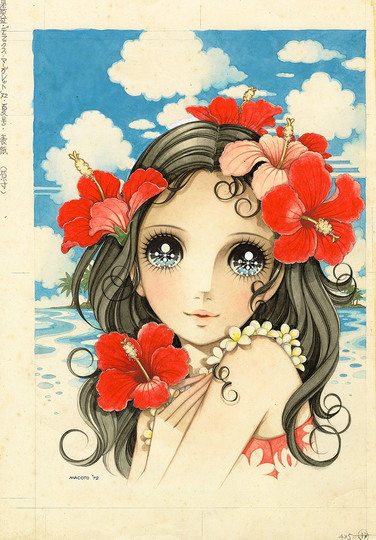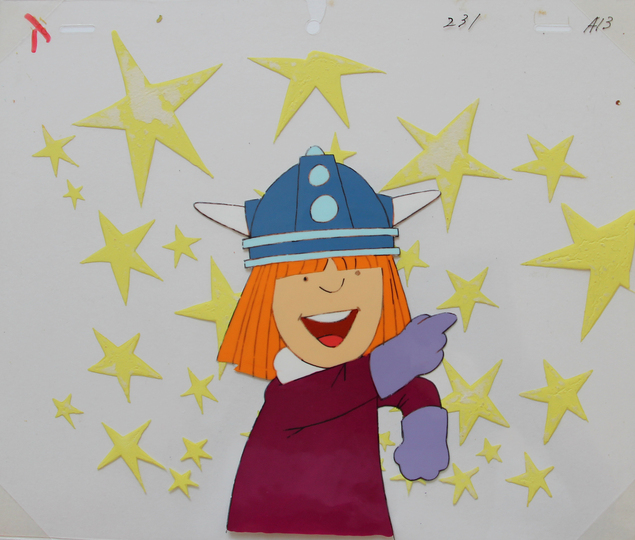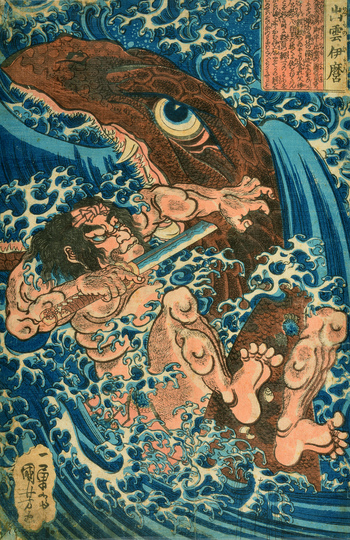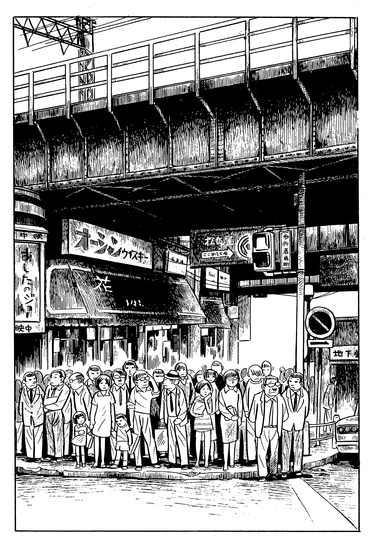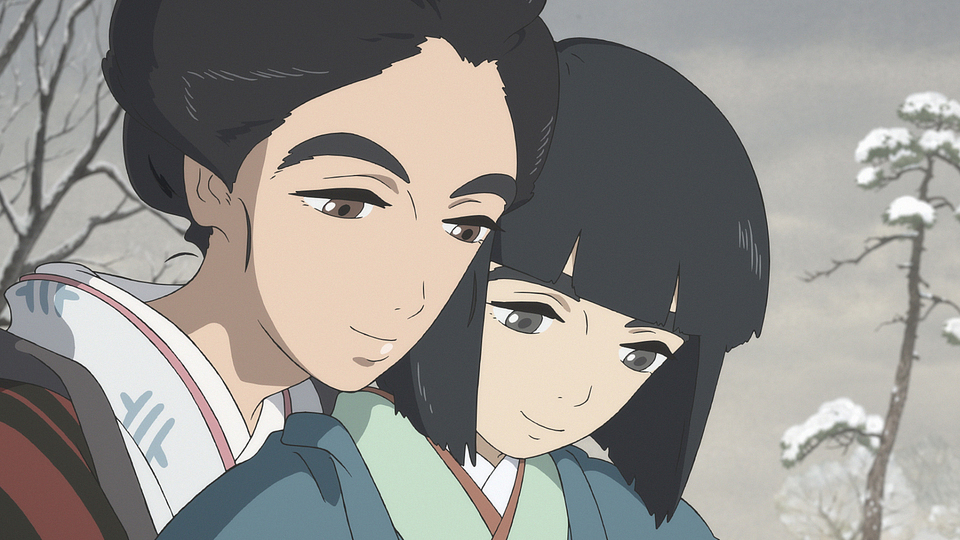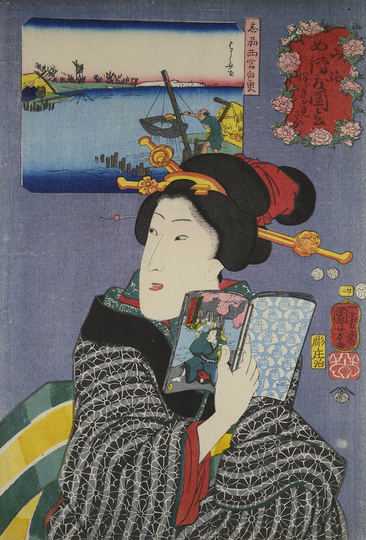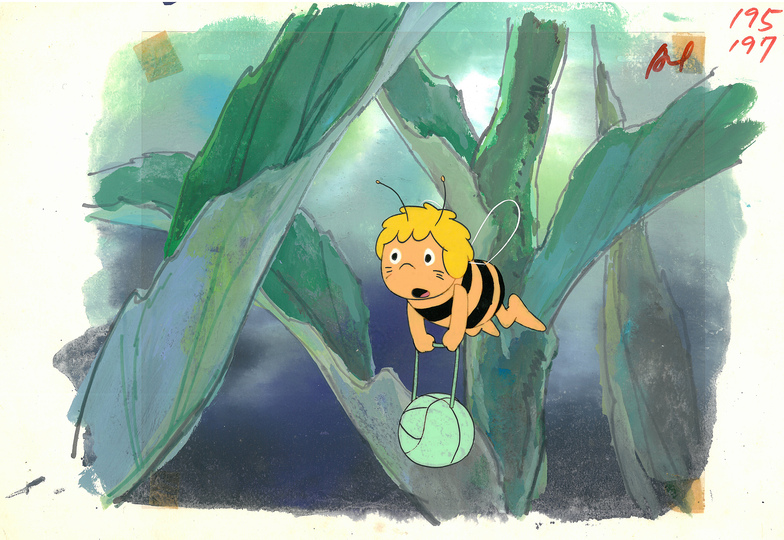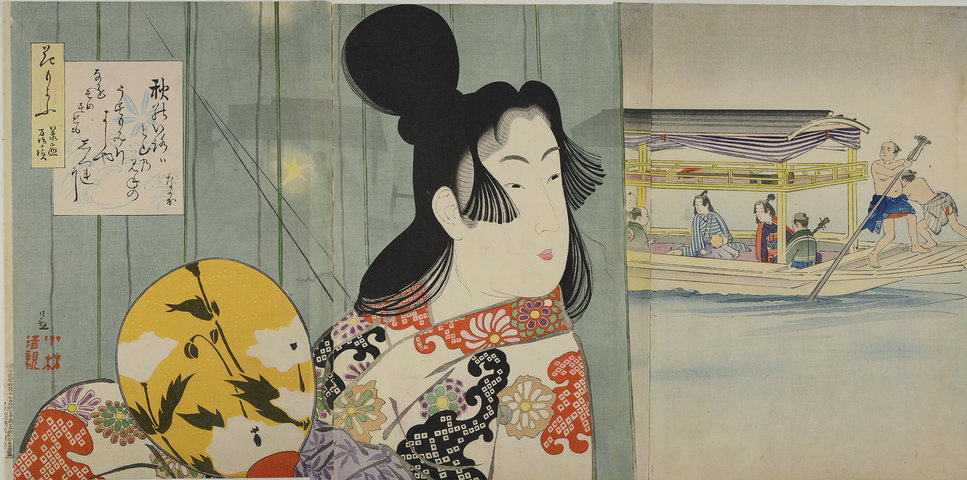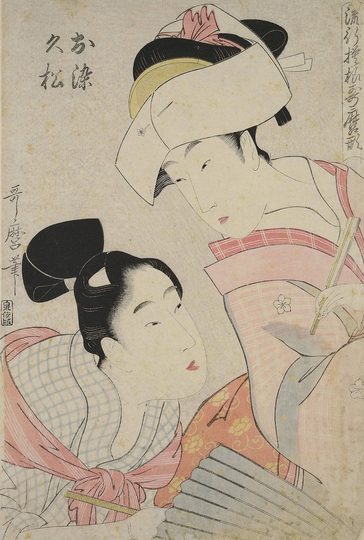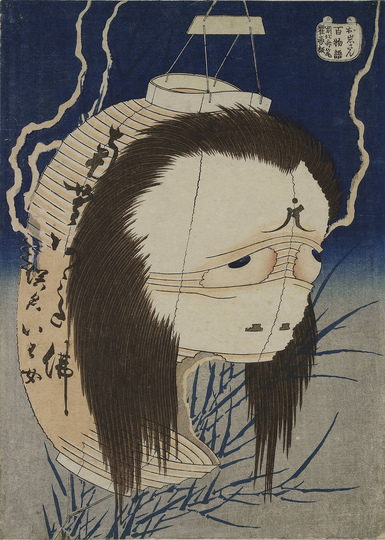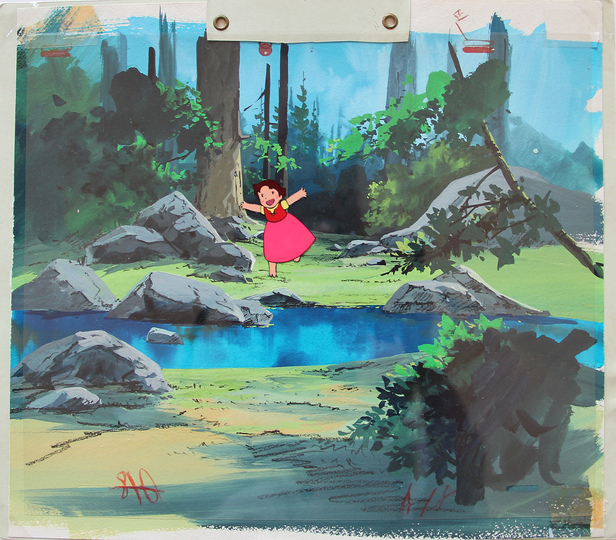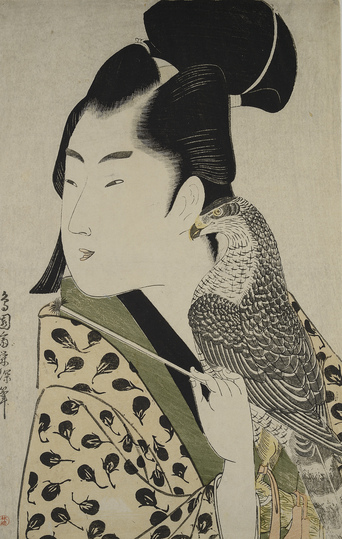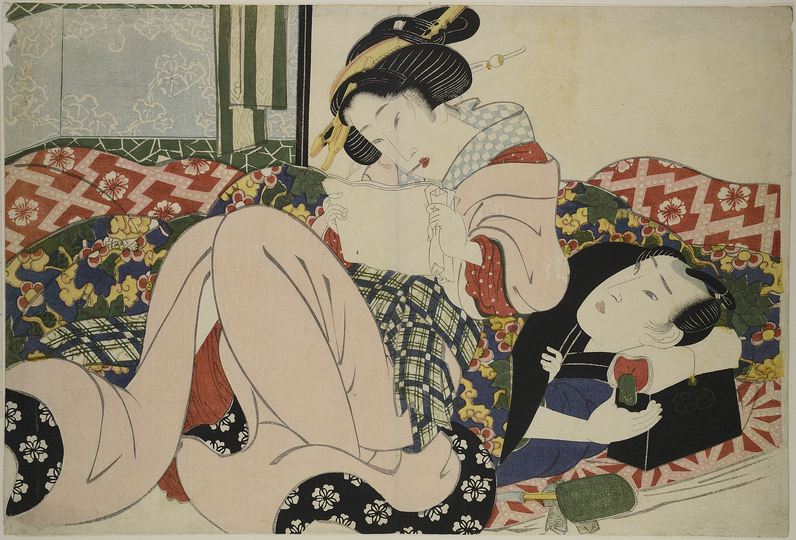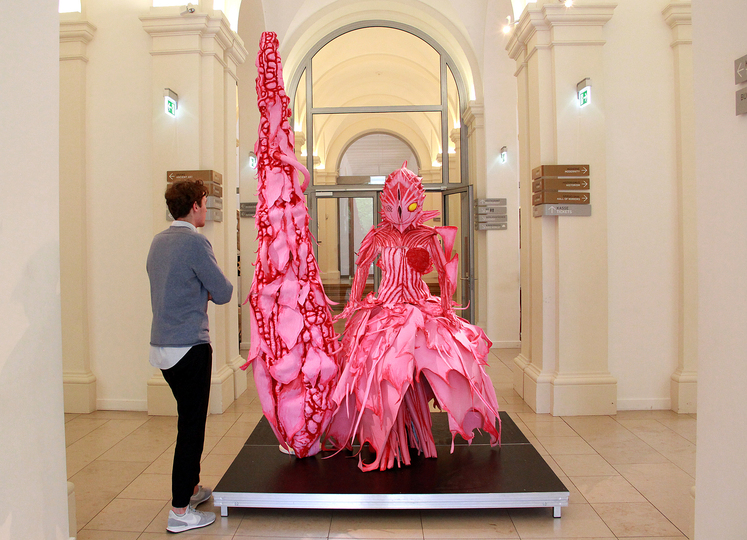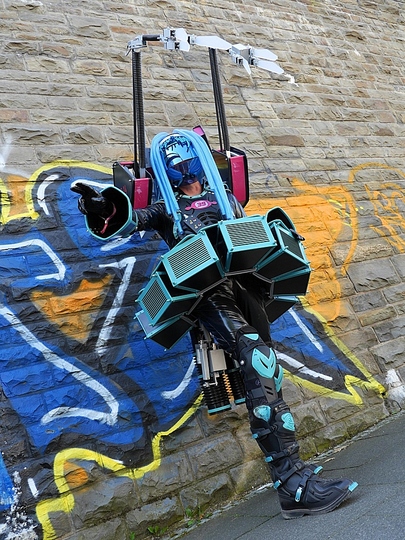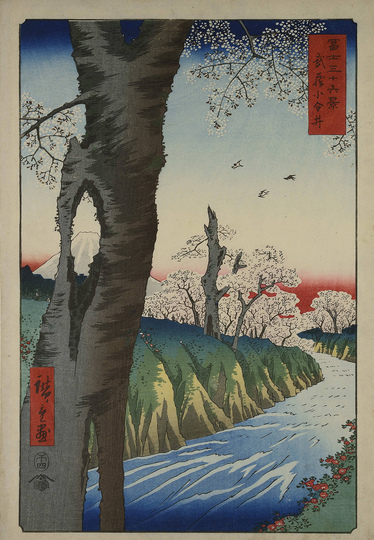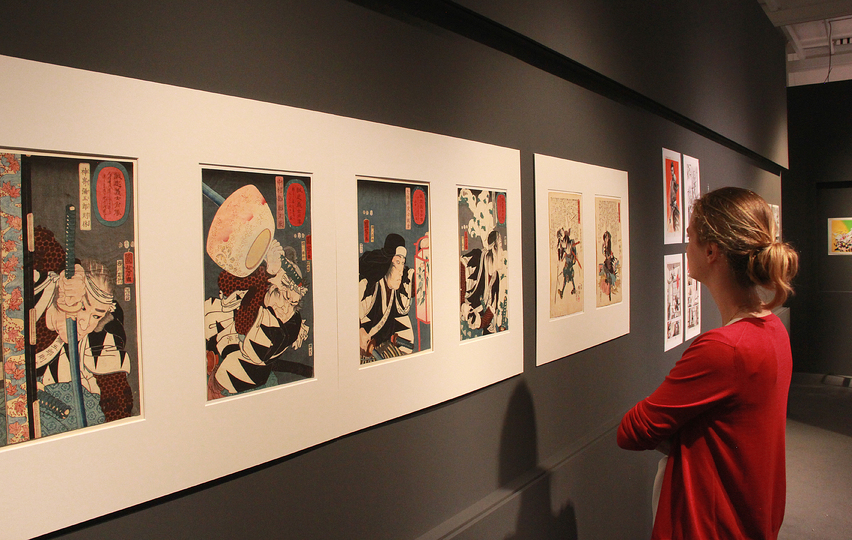HOKUSAI X MANGA
Courtesans, Heroes, Stars and Phantoms - In the early seventeenth century, Edo, which was the biggest city in the world at the time in ancient Japan, developed a distinctive culture oriented towards pleasure and consumption. This period gave rise to a broad spectrum of motifs and narrative material. The publishers of the ukiyo-e woodblock prints took their cue from the demands expressed by their urban readership. Popular themes included the star cult surrounding Kabuki theatre and the glamorous world of courtesans. The woodblock print motifs show elaborately attired prostitutes as idols of femininity. They cater to the erotic curiosity of men, while simultaneously bringing the latest fashion trends into the homes of middle class women. The devotees of the Kabuki actors stuck woodblock prints on the wall showing their portraits or depicting them in classic roles. They also copied their mannerisms and expressions and formed fan clubs. Modern stars are fictional but are just as idolised. Characters like Osamu Tezuka’s Astro Boy are so popular that they are to be found in a huge range of different media and have risen to become icons of pop culture, forming part of the everyday fabric of life. Their fans bring them to life in cosplay using costumes and accessories, imitating their gestures and facial expressions. The passion for graphics amongst readers is also expressed in the large-scale production of fan art. Popular manga and anime materials find their way into interactive computer games, contemporary graphic and fashion design, and the visual arts.
In an extensive exhibition, the Museum für Kunst und Gewerbe Hamburg (MKG) will retrace the manifold links between historical and contemporary popular culture in Japan. The MKG has in its possession an internationally acclaimed collection of Japanese colour woodblock prints and woodcut books by the most important ukiyo-e artists, such as Utagawa Kuni- yoshi (1797–1861) and Katsushika Hokusai (1760–1849). The exhibition will cover the spectrum from these superb wood- block prints and historical printmaking products of the seventeenth, eighteenth and nineteenth centuries to the visual mass media of modern Japan: manga comics, anime and computer games, as well as the active fan scenes and appropriation practices – for example, cosplay (short for “costume play”) – that accompany them. In addition to presenting the various independent stylistic elements that distinguish these media, Hokusai x Manga: Japanese Pop Culture since 1680 will explore the timeless features that they have in common. Images courtesy: Museum für Kunst und Gewerbe Hamburg.
In an extensive exhibition, the Museum für Kunst und Gewerbe Hamburg (MKG) will retrace the manifold links between historical and contemporary popular culture in Japan. The MKG has in its possession an internationally acclaimed collection of Japanese colour woodblock prints and woodcut books by the most important ukiyo-e artists, such as Utagawa Kuni- yoshi (1797–1861) and Katsushika Hokusai (1760–1849). The exhibition will cover the spectrum from these superb wood- block prints and historical printmaking products of the seventeenth, eighteenth and nineteenth centuries to the visual mass media of modern Japan: manga comics, anime and computer games, as well as the active fan scenes and appropriation practices – for example, cosplay (short for “costume play”) – that accompany them. In addition to presenting the various independent stylistic elements that distinguish these media, Hokusai x Manga: Japanese Pop Culture since 1680 will explore the timeless features that they have in common. Images courtesy: Museum für Kunst und Gewerbe Hamburg.
Magazines
